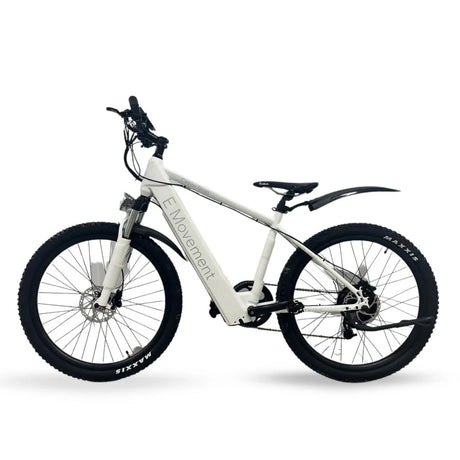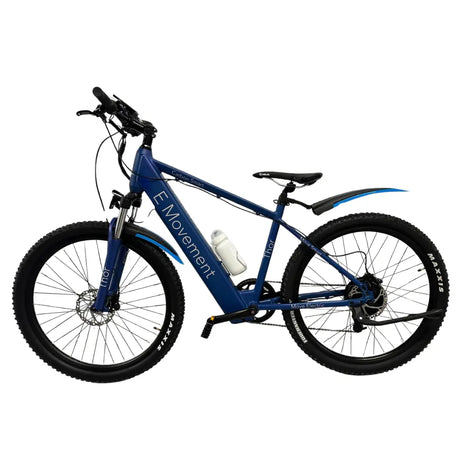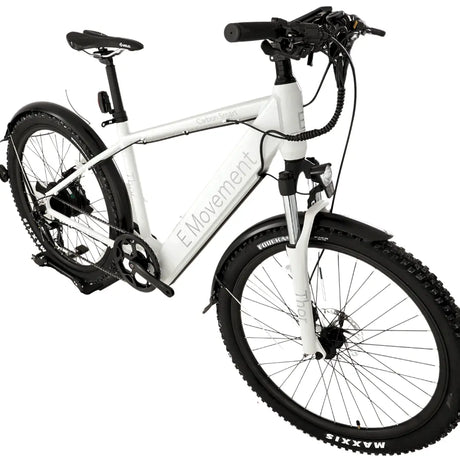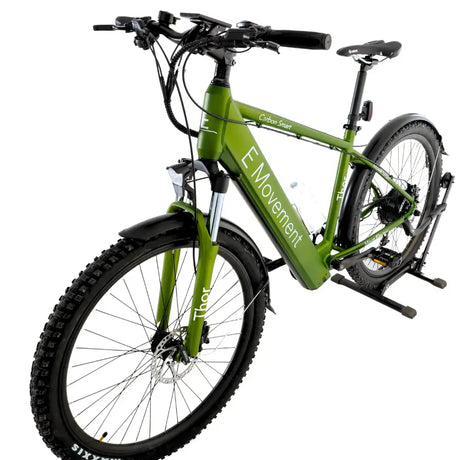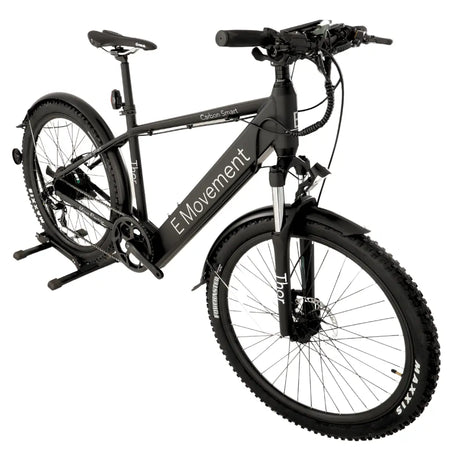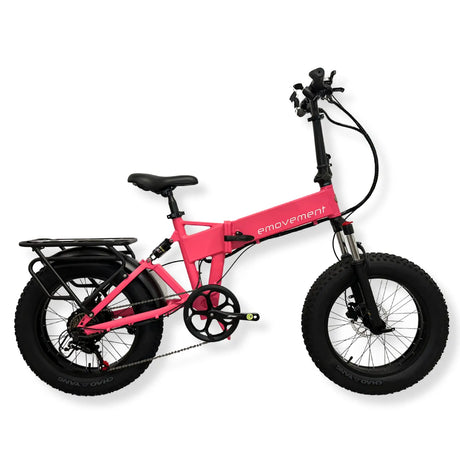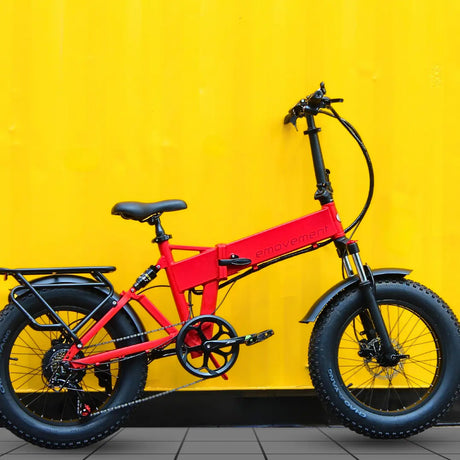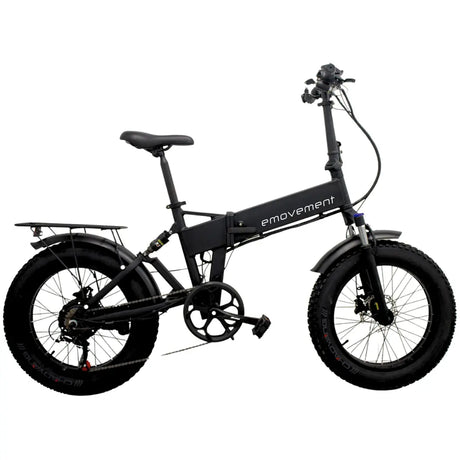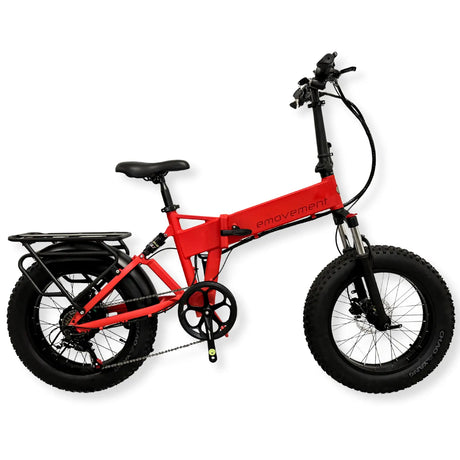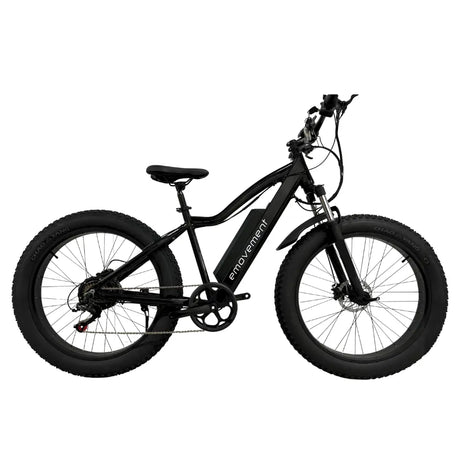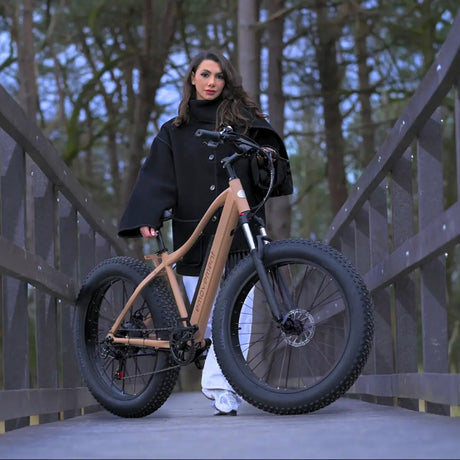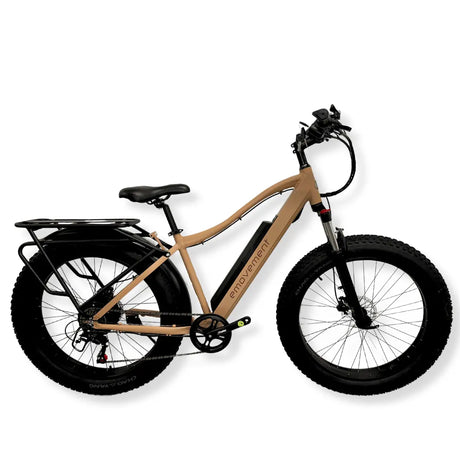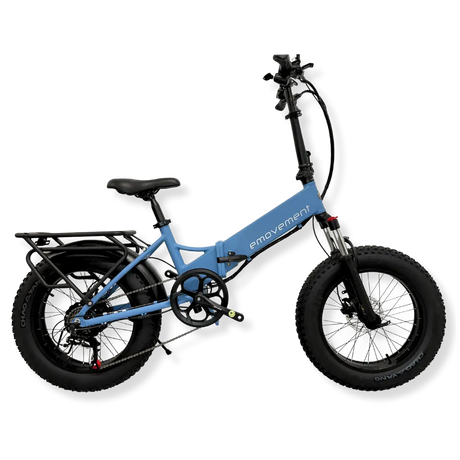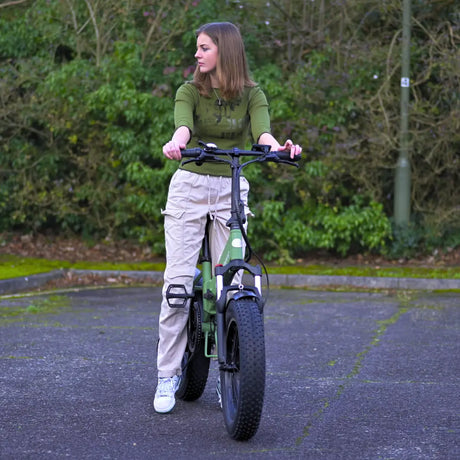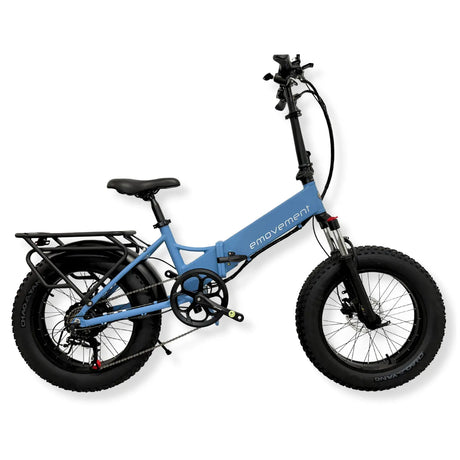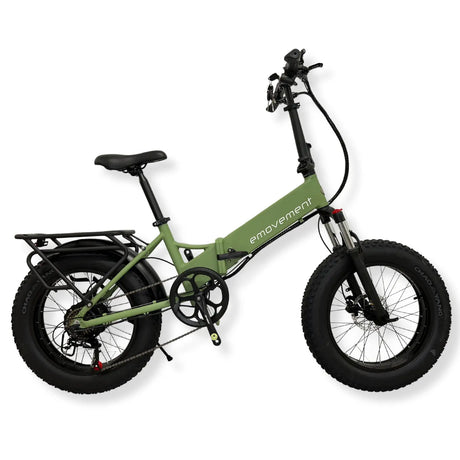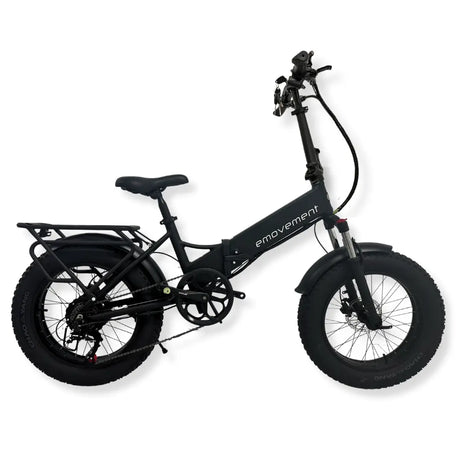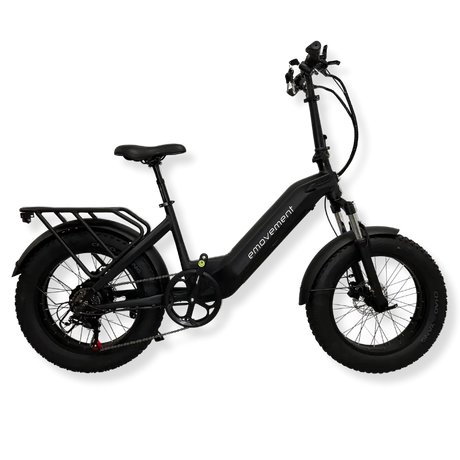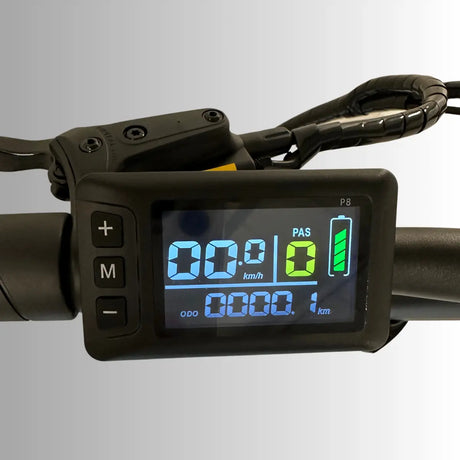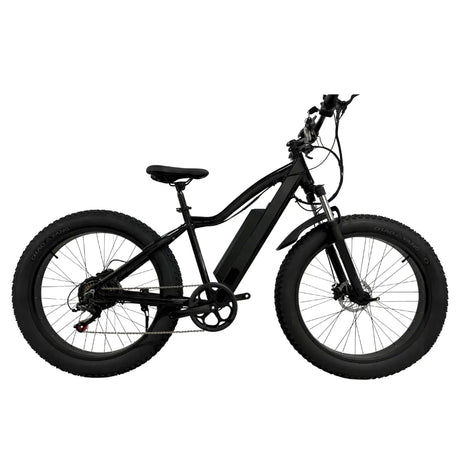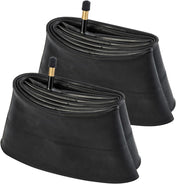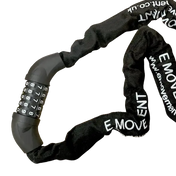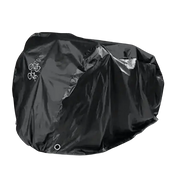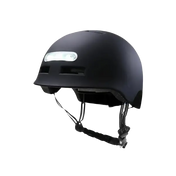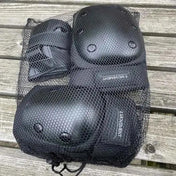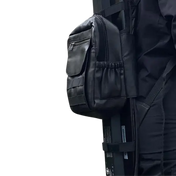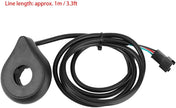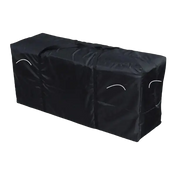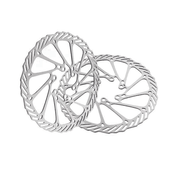Electric bikes are changing the cycling landscape, offering a versatile range of options for commuters and leisure riders alike. A crucial decision for prospective e-bike owners lies in choosing between pedal-assisted and throttled bikes. Each type comes with its own set of features and benefits, tailored to meet different cycling needs and preferences.
Keep reading as we simplify this choice for you. We’ll break down the key differences between the two, helping you understand which type aligns best with your riding style and requirements.
1. Pedal-Assist and Throttle Bikes: Overview of Features
Navigating the world of electric bikes entails being aware of the differences between electric bike frames and their various, innovative features. The two main categories, pedal-assist and throttle bikes, both harness electric energy to enhance your cycling experience in unique ways. Understanding their distinct features and mechanisms is key to choosing the bike that’s the right fit for you.
Pedal-Assist Bikes (PAS)
In PAS electric bikes, the motor kicks in once you start pedalling, and this electrical assistance adjusts in real time to the rider’s pedalling efforts. Note that, unlike throttle e-bikes, pedal-assist e-bikes will stop moving if you stop pedalling.
These bicycles encourage active participation, blending pedalling with motorised support. You can customise your pedal assistance level to match your preferences and route complexities.
Throttle Bikes
If you want more electrical assistance and less legwork, you can opt for throttled electric bikes . They simplify the riding experience and offer constant, direct motor power, no matter your pedalling efforts , for an effortless journey. You can ride throttle e-bikes without pedalling as well.
With throttled electric bicycles, you can achieve immediate power with a simple twist of the throttle or a press of a button. These e-bikes prioritise accessibility and convenience, you can enjoy straightforward and smooth rides. Whether you pedal or not, your bike will keep moving: revel in a purely motor-driven, pedal-independent experience for more challenging terrains, uphill climbs, or effortless journeys.
2. Major Differences Between Throttled and Pedal-Assist Bikes
When choosing an electric bike, pinpointing how throttled bikes differ from pedal-assist ones is essential. These differences influence their operation, performance, and legal considerations, and help you decide which one offers a more suited riding experience.
2.1 How Pedal Assist Functions
Pedal assist e-bikes provide a harmonised collaboration between the cyclist’s effort and the bike’s motorised assistance, guaranteeing an amplified yet natural biking experience:
2.1.1 Role of Sensors in PAS
Sensors play a crucial role in pedal-assist systems. They seamlessly measure the rider’s pedalling force and speed, adjusting the motor’s output to deliver a smooth and synchronised electric propulsion. This interaction ensures that the motor’s energy seamlessly supplements the human effort rather than overshadowing it.
2.1.2 Battery Consumption
Battery efficiency is a hallmark of pedal-assist bikes. Since the motor lends its support only when the rider pedals, it allows for smart battery usage. Not only does this enhance the bike’s sustainability but it also extends the range for longer, uninterrupted cycling adventures.
2.1.3 Performance and Top Speed
Pedal-assist bikes are capable of reaching impressive speeds with motor assistance that typically tap out around 45 kph. The design aligns with legal frameworks and prioritises safety , ensuring the bike operates within a regulated speed bracket to reduce risks associated with high-speed e-biking.
Please note that your e-bike’s top speed may be restricted by your e-bike supplier to comply with your area’s regulations.
2.1.4 Rider Engagement and Experience
Rider engagement fosters a participatory riding experience, where the cyclist’s own input blends with motor assistance and isn’t substituted entirely. You can enjoy a sense of accomplishment and physical fulfilment by experiencing a more engaging and rewarding ride. This also means you get more exercise with a PAS e-bicycle.
2.1.5 Legal and Regulatory Differences
Pedal-assisted electric bicycles benefit from a more lenient legal landscape as they are often categorised similarly to traditional bicycles. This flexibility facilitates broader access to multiple cycling environments such as bike lanes and trails. Riders can explore different terrains freely and with confidence.
2.2 How Throttled Bikes Operate
Throttle bikes place emphasis on motor power for propulsion, reduce the need for human pedalling effort, and offer a different kind of riding freedom and flexibility.
2.2.1 Throttle Mechanism Explained
These electric bicycles operate with a mechanism that allows the bike to move without pedalling, simplifying the riding process. By engaging the throttle typically located on the handlebar, riders can activate the motor directly and propel the bike forward. You’ll find it particularly easy to start from a stop, tackle uphill terrains, or maintain a consistent speed.
2.2.2 Battery Consumption
Due to their reliance on motor power, throttle e-bikes tend to consume battery power at a faster rate. Since the motor can operate independently of pedalling, frequent or sustained throttle use leads to a faster battery drain, necessitating more regular recharging intervals and shortening your battery’s overall lifespan.
2.2.3 Performance and Top Speed
Throttled bikes can reach competitive speeds, with the motor providing consistent power. However, they are often subjected to legal speed limits so riders have to be careful about following safety and regulatory guidelines.
2.2.4 Rider Engagement and Experience
Such e-bikes offer a less physically demanding cycling experience, allowing riders to cover distances with reduced pedalling effort. This makes it more accessible to those who might find continuous pedalling challenging or tedious.
2.2.5 Legal and Regulatory Differences
The motorised operation of throttled bikes entails stricter regulations and limited access to certain cycling areas such as bike paths or trails. It’s essential for riders to be aware of and comply with local and state regulations related to throttle bike usage for legal and responsible riding.
3. Advantages of Pedal-Assist Over Throttle Bikes
When weighing the pros and cons of pedal-assist versus throttle bikes, several factors play a significant role in determining their suitability based on cyclists’ needs and preferences. In this section, we’ll consider the advantages of pedal-assist bikes by exploring areas where throttle bikes might fall short.
3.1 Energy Efficiency and Range
Pedal-assist bikes promote energy conservation as the motor engages only when you pedal, these bicycles optimise battery usage and extend the range of your rides. In contrast, throttle electric bikes consume power more rapidly due to continuous motor operation, limiting the distance you can cover on a single charge.
3.2 Rider Engagement and Exercise
A pedal-assist model requires the rider’s active participation, ensuring you still get a dose of physical exercise. It strikes a balance between manual effort and electrical assistance. Throttle bikes, however, lean more towards motor reliance and offer less opportunity for physical engagement and exercise.
3.3 Natural Riding Experience
If you’re seeking the natural feel of cycling, pedal-assist e-bikes are the way to go. The motor provides subtle support to enhance the pedalling effort and closely imitates a standard bicycle ride. As throttled electric bikes rely more heavily on the motor, they can sometimes detach from the traditional cycling feel.
3.4 Legal Accessibility
In many regions, pedal-assist e-bicycles benefit from fewer restrictions and broader access to cycling infrastructure like bike lanes and trails. On the other hand, throttle bikes may be subject to stricter regulations due to their ability to operate without pedalling, meaning you won’t be able to use them in certain areas.
3.5 Adaptability and Learning Curve
While pedal-assist ebikes are generally easier to adapt to if you’re transitioning from traditional bicycles, throttle-powered electric bikes might require some practice.
4. Advantages of Throttle Over Pedal Electric Bikes
Throttled electric bikes bring a set of advantages that distinctly differentiate them from their pedal-assist counterparts. Let’s explore the benefits these bikes offer over pedal-assist e-bikes:
4.1 Instant Power Access
With a throttle ebike, you can get immediate power through a simple twist or press of the throttle. This offers riders quick acceleration without the need for pedalling and can be useful if you need to reach someplace faster without breaking a sweat.
4.2 Less Physical Effort
One of the biggest advantages of throttle bikes is the minimised physical effort required. They are bound to be trusty companions for anyone who finds constant pedalling strenuous, allowing for a more relaxed ride, especially senior citizens or those who have to traverse challenging terrains and uphill roads.
4.3 Better for Stop-and-Go Traffic
In traffic conditions characterised by frequent stops and starts, throttle bikes offer a more convenient option since they provide effortless acceleration without the need to consistently pedal. Pedal-assist bikes might not be as agile in adapting to the unpredictable flow and halts of heavy traffic.
4.4 Accessibility
Throttle e-bikes can be more accessible to people with certain physical limitations, such as mobility or joint problems. If you struggle with any such problems, you can still enjoy cycling without the mandatory pedalling that pedal-assist bikes require by opting for throttled ones. This opens up the realm of cycling to a broader audience, ensuring inclusivity.
5. Cost Implications
The financial aspect of owning an electric bike, whether pedal-assist or throttle boils down to initial and long-term costs.
Both throttled and PAS ebikes almost cost the same, with some manufacturers choosing to charge you for incorporating the throttle. Newer electric bike models, like ours, simply come with digitally disconnectable throttles, allowing you to simply toggle between PAS and throttle modes and giving you the best of both worlds!
The maintenance and wear-and-tear profile of both these e-bike types varies a little.
In pedal-assist cycles, your pedals take more of the brunt of your cycling, so relevant parts, chains, and screws will have to be taken care of properly and changed regularly. The pedal sensors will also be in constant use.
In contrast, in throttled e-bikes, your battery puts in more effort, so not only will it run out fast, but charging it more often will result in a shorter lifespan. You may have to replace it sooner than you would a PAS bike’s. It’s best to stock up on a couple of extra batteries when you’re purchasing the bike or buy from a local e-bike brand to ensure you don’t suddenly run out of spares.
6. Safety Considerations
Safety is paramount when determining which e-bike to choose. Both pedal-assist and throttle e-bicycles have their distinct safety attributes and challenges, especially when navigating through traffic and adjusting to varying terrains.
6.1 Riding in Traffic with PAS vs Throttle
Navigating through traffic demands a bike that offers responsiveness, control, and reliable performance.
- Pedal-Assist Bikes : Riding in traffic with a PAS bike like a road-legal version allows for a more dynamic and responsive cycling experience. The flexible electrical assistance system ensures that the bicycle is in constant sync with the rider’s efforts, enabling smoother acceleration and deceleration in stop-and-go traffic. This connection can make for safer navigation through busy streets, allowing the rider to maintain better control and responsiveness to the ever-changing traffic conditions.
- Throttle Bikes: This type of e-bike offers instant power, which helps in quickly adapting to traffic changes but also poses risks if not managed carefully. Such on-demand power might lead to abrupt movements, and a less engaged riding style could reduce rider alertness and reaction time in traffic situations.
6.2 Adjusting to Different Terrains
If you tackle diverse terrains regularly, it’s essential to invest in an electric bike that can gracefully navigate the shifts in elevation and surface types for balanced power and control.
- Pedal-Assist: PAS bikes entail an intuitive adjustment to various terrains. Their assistive technology coordinates with the rider’s pedalling to provide support when needed, such as on uphill climbs while also scaling back on flatter or downhill segments. You can enjoy increased stability and control while cycling for a more balanced and safer riding experience.
- Throttle: No matter the terrain, throttle e-bikes are designed to provide continuous power. While the throttle mechanism ensures that consistent power output is available across all terrains, it might make it challenging for riders to adjust to the nuances of different slopes and surfaces, which can affect stability and overall safety.
7. User Profiles: Who Should Choose What?
Aligning an e-bicycle frame to the individual’s needs, habits, and preferences is crucial for a fulfilling riding experience. Be it pedal-assist or throttle, identifying which type of e-bike suits different user profiles helps facilitate tailored and satisfying adventures.
(At E-Movement, you can choose to have a throttle added to your bike at no additional cost. Best part? You’ll be able to switch it on or off at will, switching between PAS and throttle modes seamlessly)
7.1 Ideal User Profile for Pedal-Assist Bikes
Pedal-assist bikes resonate well with those who seek a balance between manual pedalling and motorised assistance:
- Active Cyclists: Individuals who enjoy active cycling and wish to merge exercise with convenience will find pedal-assist e-bikes appealing. The bike’s design encourages continuous pedalling, ensuring that you remain physically fit.
- Commuters: For daily commuters manoeuvring through mixed terrains and seeking a sweat-free ride, pedal-assist bikes offer an adaptable solution. They make the journey smoother and more manageable.
- Fitness Enthusiasts: Pedal-assist bikes cater well to fitness enthusiasts looking to incorporate a moderate workout into their cycling sessions because you can customise the assistance level according to your fitness goals.
7.2 Ideal User Profile for Throttled Electric Bikes
Throttle bikes offer a more laid-back cycling experience, emphasising motor power more predominantly:
- Casual Riders: Those who ride occasionally and prioritise comfort and ease over physical engagement might find throttle e-bikes more suitable for their use. You can enjoy a more straightforward, less physically demanding ride.
- Riders with Physical Limitations: If you find consistent pedalling challenging due to physical constraints, investing in a throttle electric bike for a more accommodating and effortless ride is in your best interest.
- Uphill Navigators: Calling all riders who have to take daily uphill climbs or need to explore off-road trails on weekends, throttles are much more convenient and take the sweat out of cycling.
8. Making the Choice: Which eBike is Right for You
In the end, choosing between a pedal-assist and a throttle e-bike boils down to personal preferences, riding style, and what you envision your cycling adventures to include. Both styles have distinct features, benefits , and limitations that cater to varied user needs and expectations. Here’s a guide to make your decision-making process easier:
1. Determine Your Primary Use
- Is the e-bike mainly for commuting, leisure, fitness, or overcoming physical challenges? For example, you can opt for a step-through electric bike if you struggle with mobility problems.
- What kind of terrains will you mostly be navigating?
2. Assess Engagement Level
- Do you prefer being physically active with a mix of pedalling and motor assistance?
- Or is a more relaxed, motor-dominated ride more appealing?
3. Consider Safety and Comfort
- Which bike makes you feel more secure and comfortable, considering traffic and terrains?
- Evaluate each option’s safety features and ride comfort.
4. Examine Cost Implications
- Consider both initial costs and long-term maintenance.
5. Explore Legal and Regulatory Frameworks
- Familiarise yourself with local regulations governing e-bike usage to ensure compliance. For instance, in the UK, you’ll have to register, license, and insure a throttled e-bike as a moped if you need it for commuting .
6. Test Ride
- If possible, take each e-bike type for a test ride. Personal experience can often be the most telling guide, giving insights into comfort, handling, and ride satisfaction.
9. Endnote
Navigating through functionality, engagement, cost, and legal considerations paints a comprehensive image to guide your decision on whether to purchase a throttle or pedal-assist e-bike. Align the bike’s features and performance with your unique cycling goals and practical requirements, so that your chosen model can act as a trusted companion in all your adventures.
The world of e-biking is rich with possibilities to enhance your mobility, fitness, and overall riding experience, which is why you should spend some time researching and finding the most suitable electric bike for yourself.
10. Frequently Asked Questions (FAQs)
10.1 Can I switch between PAS and Throttle on the same bike?
Some e-bikes come equipped with both PAS and throttle functionalities, allowing riders to switch between modes based on preference and need. This dual-mode feature enhances flexibility and enables riders to choose between active pedalling assistance or a more relaxed, throttle-controlled ride as the situation demands. All E-Movement electric bikes are designed to offer a seamless switch between PAS and throttle functionality.
10.2 How does weather affect the performance of PAS and Throttle bikes?
Weather conditions, particularly temperature and moisture, can influence electric bike performance. Extreme cold may reduce battery efficiency, while excessive moisture or rain could impact electronic components. However, most modern e-bikes, whether PAS or throttle, have good IP ratings, and are designed to withstand various weather conditions for reliable performance.
10.3 Which option offers a longer battery life, pedal-assist or throttle?
Pedal-assist electric bikes generally offer longer battery life than throttled e-cycles because the power assistance is blended with human effort, conserving battery energy. In contrast, throttle bikes rely more heavily on battery power for propulsion, which may lead to quicker battery depletion, especially in full-throttle mode.
10.4 Are there legal differences between using PAS and Throttle bikes?
Legal regulations can vary based on location, and they often distinguish between PAS and throttle bikes. This affects where they can be ridden and the necessary permissions you need to obtain. For example, the UK categorises throttle bikes similarly to mopeds, subjecting them to distinct rules and licensing requirements . Always consult local laws to ensure compliance with regulations governing e-bike usage.


